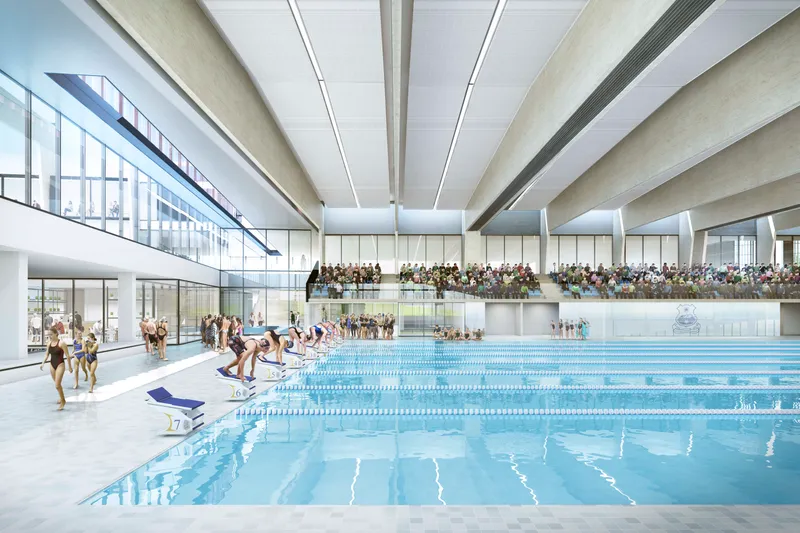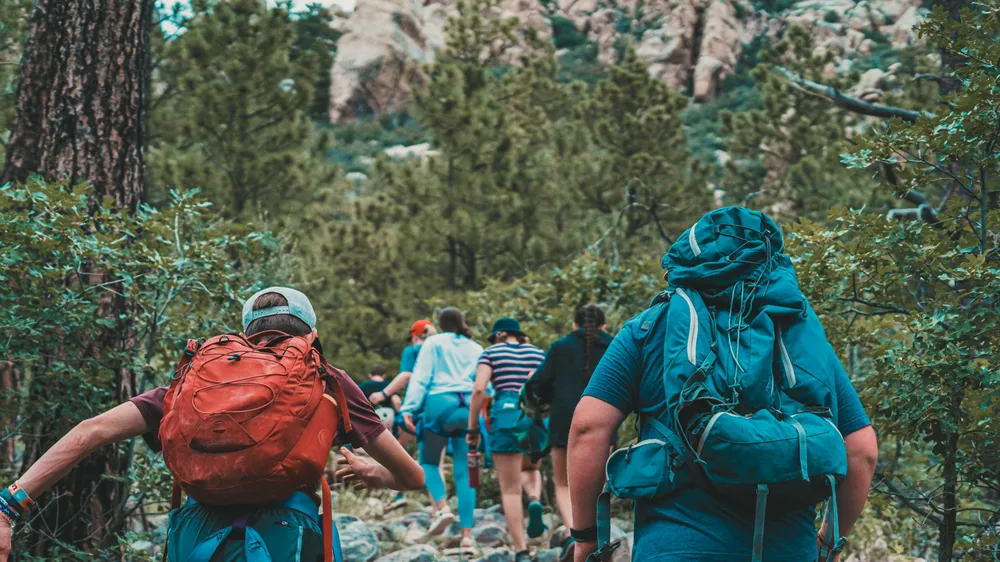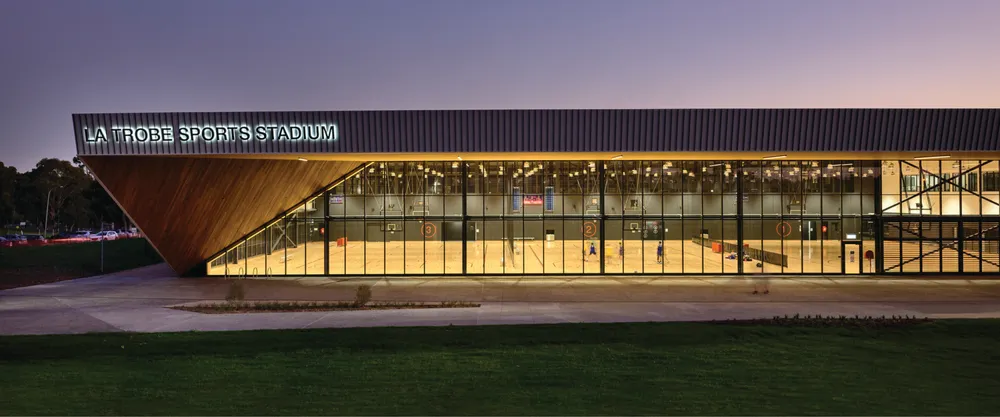NewsPerspectives
Fostering lifelong learning and holistic wellbeing for future generations

However, there is a proven channel to improve:
• Academic performance;
• Self-esteem and confidence;
• Teamwork, leadership, time management and discipline;
• Attendance and further education advancement; and
• Cognitive function and mental health, with reduced symptoms of depression and anxiety.
And this magic-bullet is, of course, engagement in sports and recreation.
Research demonstrates the cognitive benefits of physical education - which is closely linked with academic performance. But the real value is more holistic in terms of personal growth, development, community, leadership and resilience, which are learned skills and traits most effectively developed outside of the classroom.
As architects, we are fascinated by the idea that better education and social outcomes can be so directly impacted by engagement in sports and recreation. Given the complexities of education, it’s rare to see such a direct link between cause and effect. But this reality is why we are helping leading institutions on both sides of the Tasman to redefine their student experience by enabling world-class physical education programmes as detailed below.

Delivering improved physical literacy and mental health outcomes for generations of young women
“If you can keep girls in sport between the ages of 10 and 16, some amazing things can happen.”
This quote from an international report on female participation in sport was central to our approach to the design of the Presbyterian Ladies College's new Sports, Aquatic and Fitness Centre, set for completion in 2025. We knew this project wasn’t about its form or function, but rather what it can enable for the student community.
PLC is well aware that girls who stay in sport through adolescence emerge more confident, more resilient and more likely to branch into leadership roles. We therefore designed the facility as a real-world learning tool and a key element of the school’s masterplan and the student experience. As well as an eight-lane swimming pool, diving tower, and dry court, gymnastics and strength and conditioning facilities, the new sports centre incorporates Pilates, yoga and meditation spaces and a dedicated spin-studio. The design and amenity deliberately seeks to engage the broadest possible cohort into the facility and programmes.
These state-of-the-art facilities are set to revolutionise the way girls engage with sports and physical education at PLC. The investment by the College is a confident and bold investment in their students and their health and wellbeing.
Urban activity creating lifelong learning and social, physical, and mental wellbeing
World-class education institutions are defined not only by academic facilities and results, but increasingly by the quality of the student experience. On track for completion later this year, The University of Auckland Recreation and Wellness Centre is set to completely redefine the campus experience and support the University’s push for global recognition as a world-leading institution.
Research shows recreational facilities are decisive factors for students deciding where to study and the new Recreation and Wellness Centre re-establishes the University of Auckland’s credentials in the conversation. A magnet for the best local and international students to empower lifelong social, physical, and mental wellbeing.
The building and its facilities are designed to empower and engage the broadest possible range of students. Incorporating a 33-metre swimming and dive pool, two sports halls with four-ball-courts including a 1,500-seat show-court, full gym and health facilities, and even a running track that weaves through the building and the roof-top, the new facility is set to provide the University and its students with a competitive edge.
This large-scale facility has been delivered within a tight-urban site with the amenity vertically stacked, illustrating how innovative design can unlock opportunity even within the most constrained campuses.

An experiential learning environment designed at the intersection of culture and sustainability
In addition to sports and recreation, time in natural settings is also proven to improve cognitive function, creativity, and concentration, lowering cortisol levels to promote a sense of calm and wellbeing.
As New Zealanders this is well known and many schools drive active outdoor education through their curriculum. We are currently in the early stages of helping another independent school in Australia to take this a step further, with the development of their own regional outdoor pursuits facility. Set in regional Victoria, three and a half hours from the primary campus, the facility will provide students with a wilderness experience to connect with nature, Indigenous culture, and each other through outdoor pursuits and immersion.
The new facility is set to build upon a successful camping programme at the same site. This investment will provide all-weather accommodation and improved amenity while retaining the bush and wilderness camp experience. The redevelopment will create a facility that can be utilised throughout the year, forming a more central part of the curriculum, expanding the edges of the class-room with a focus on sustainability, culture, and experiential learning.

The projects above illustrate how leading institutions have chosen to invest strategically in facilities to help define and improve the student experience.
While the infrastructure and facilities can enable and empower, it’s the programmes, culture and curriculum which ultimately impact the results, and the two need to be contemplated in partnership. This reality provides an amazing opportunity for our secondary and tertiary institutions, as together, we can literally design better education outcomes.
Please do not hesitate to reach out to our Education Specialist, Sarah Hewlett Diprose to discuss opportunities to supercharge academic outcomes holistically through sports and recreation.